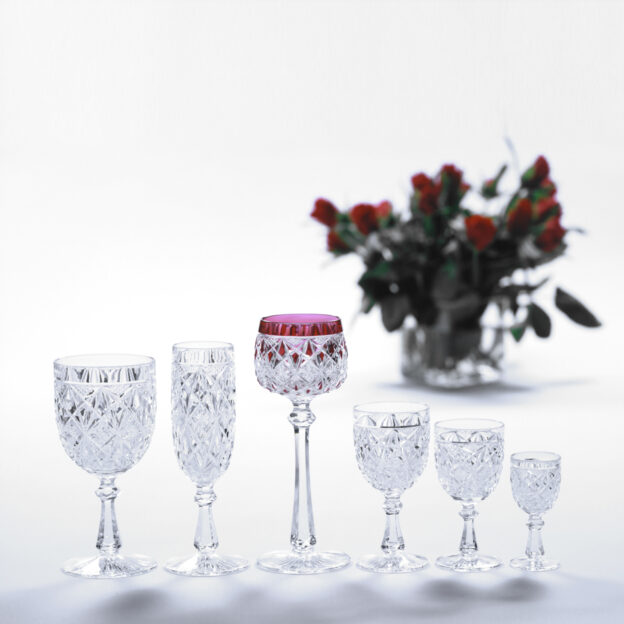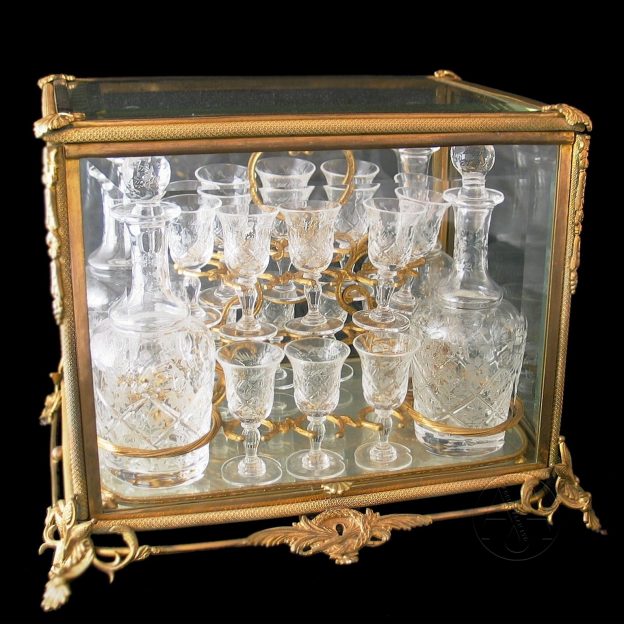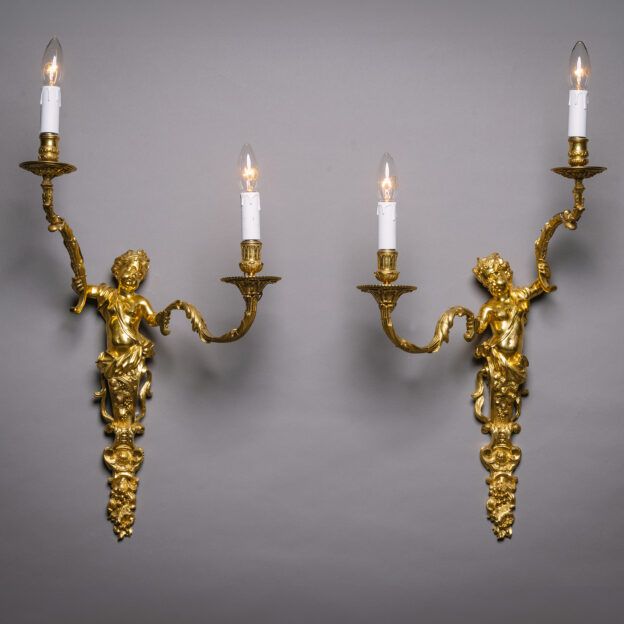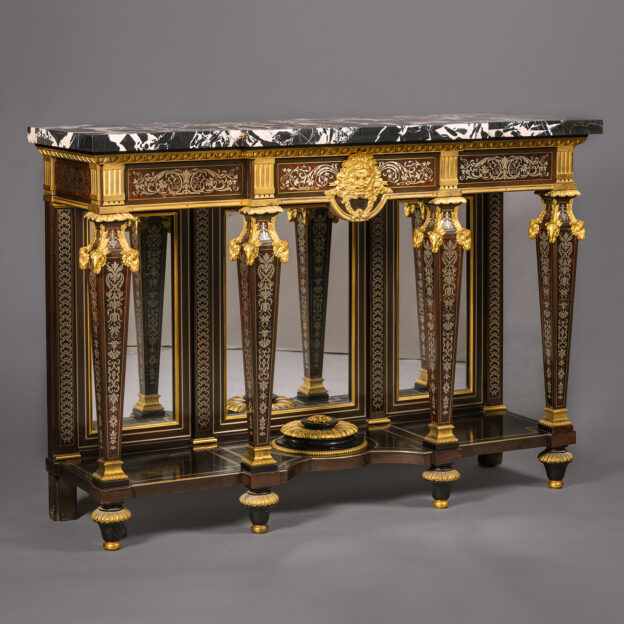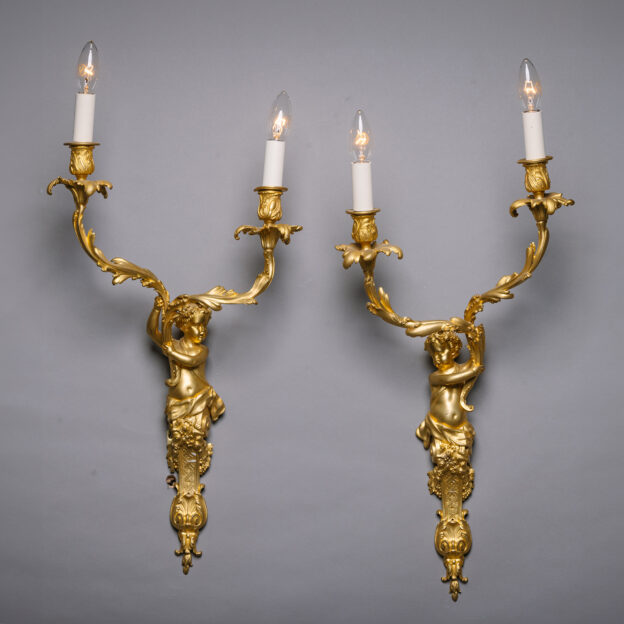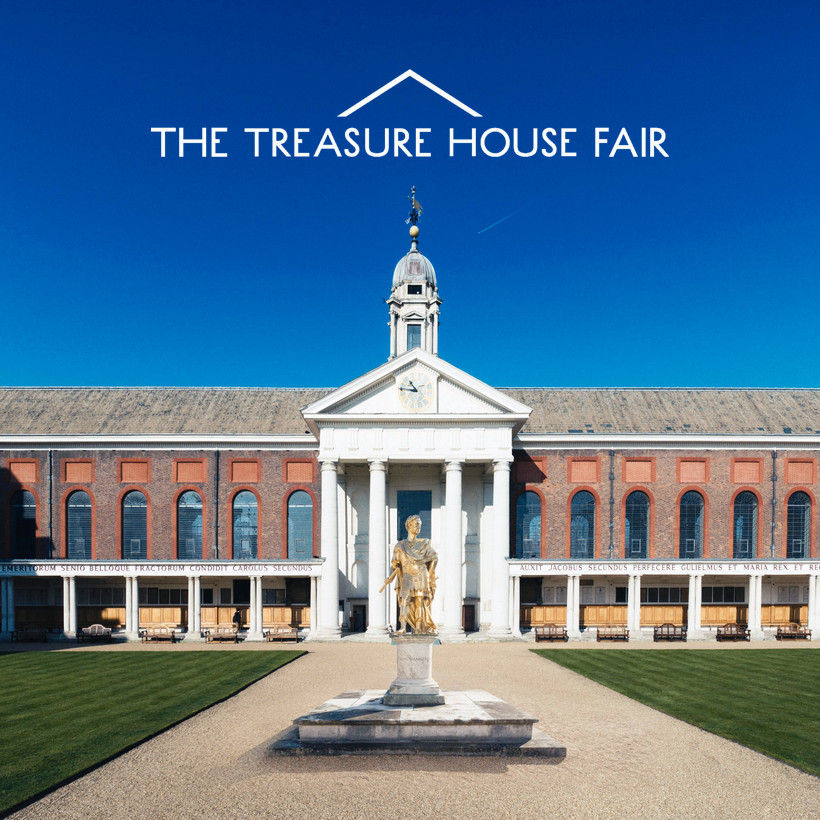INSPIRACIÓN PARA EL ESTILO
LOUIS XIV STYLE
The Sun King
“Has God forgotten all I have done for him ?”

Detail of a Portrait of Louis XIV by Hyacinthe Rigaud (1659 –1743), circa 1701
Louis XIV, known as ‘Louis the Great’ or ‘The Sun King’, was born in 1638 and was king from five years old until his death in 1715 making him the longest ruling French monarch.
Until the age of twenty-three his kingdom was governed by Cardinal Mazarin, his godfather, and his behaviour moderated by his mother, Anne of Austria.
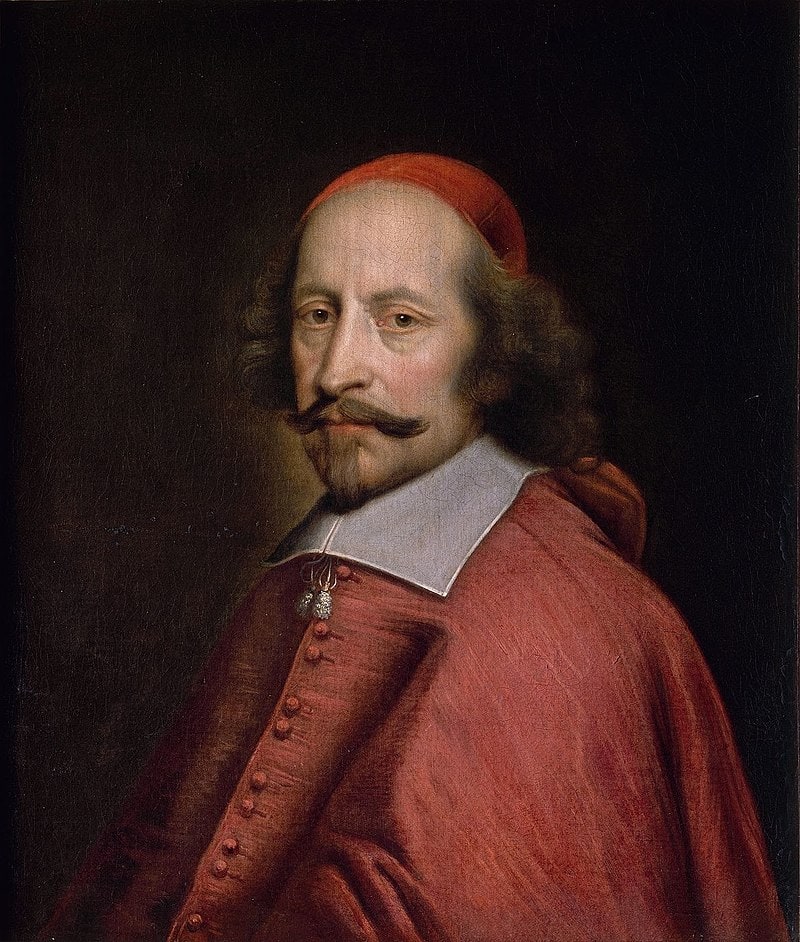
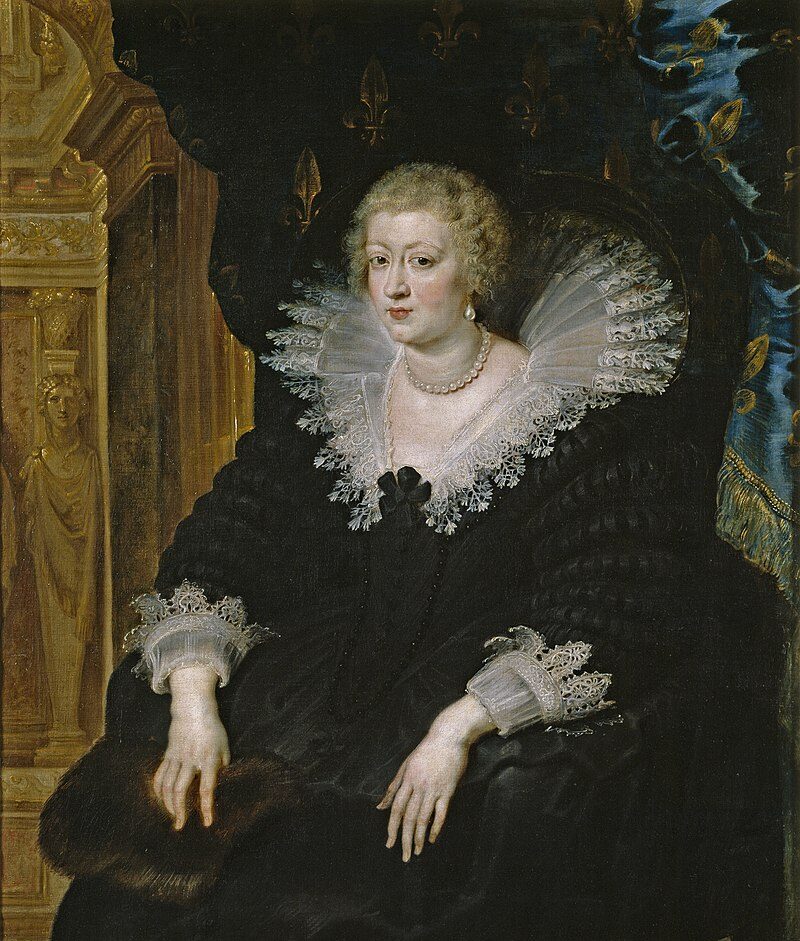
Portrait of Anne of Austria, 1622, by Peter Paul Rubens (Prado)
Portrait of Cardinal Mazarin, 1661, by Pierre Mignard (musée Condé)
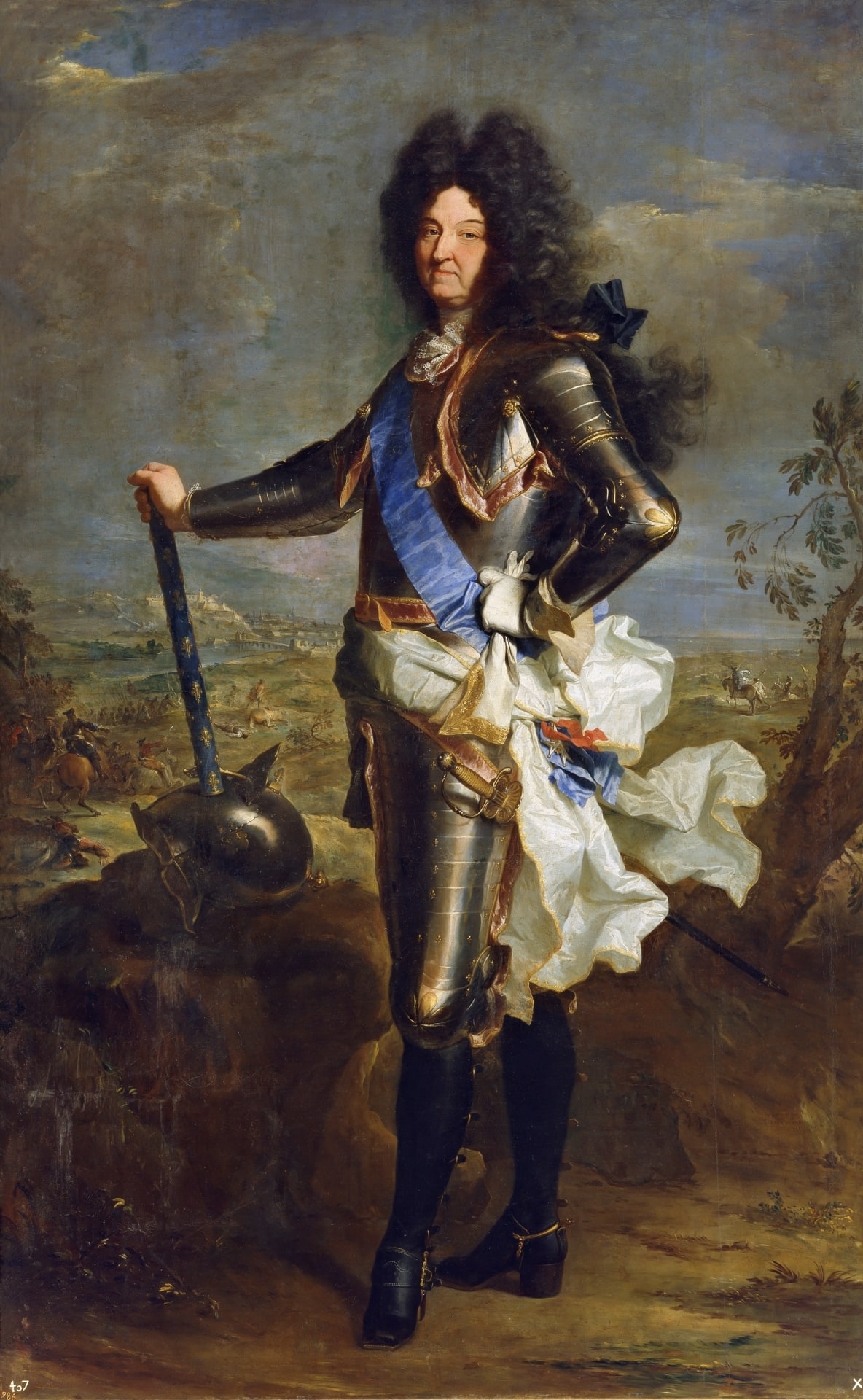
Portrait of Louis XIV by Hyacinthe Rigaud (1659 –1743), circa 1701 (Prado)
The above martial portrait of Louis XIV depicts him, symbolically, in his role as supreme military commander. He is dressed in full ceremonial armour, holding a sword, and presiding over a battle in the background.
From Mazarin, the young king acquired his partiality for the arts, elegance, and display. With his coming of age, Louis XIV immediately set about transforming his father’s hunting lodge at Versailles into the centre of the universe. He insisted, against the advice of his architects, to keep his father’s old house at the centre of a new palace.
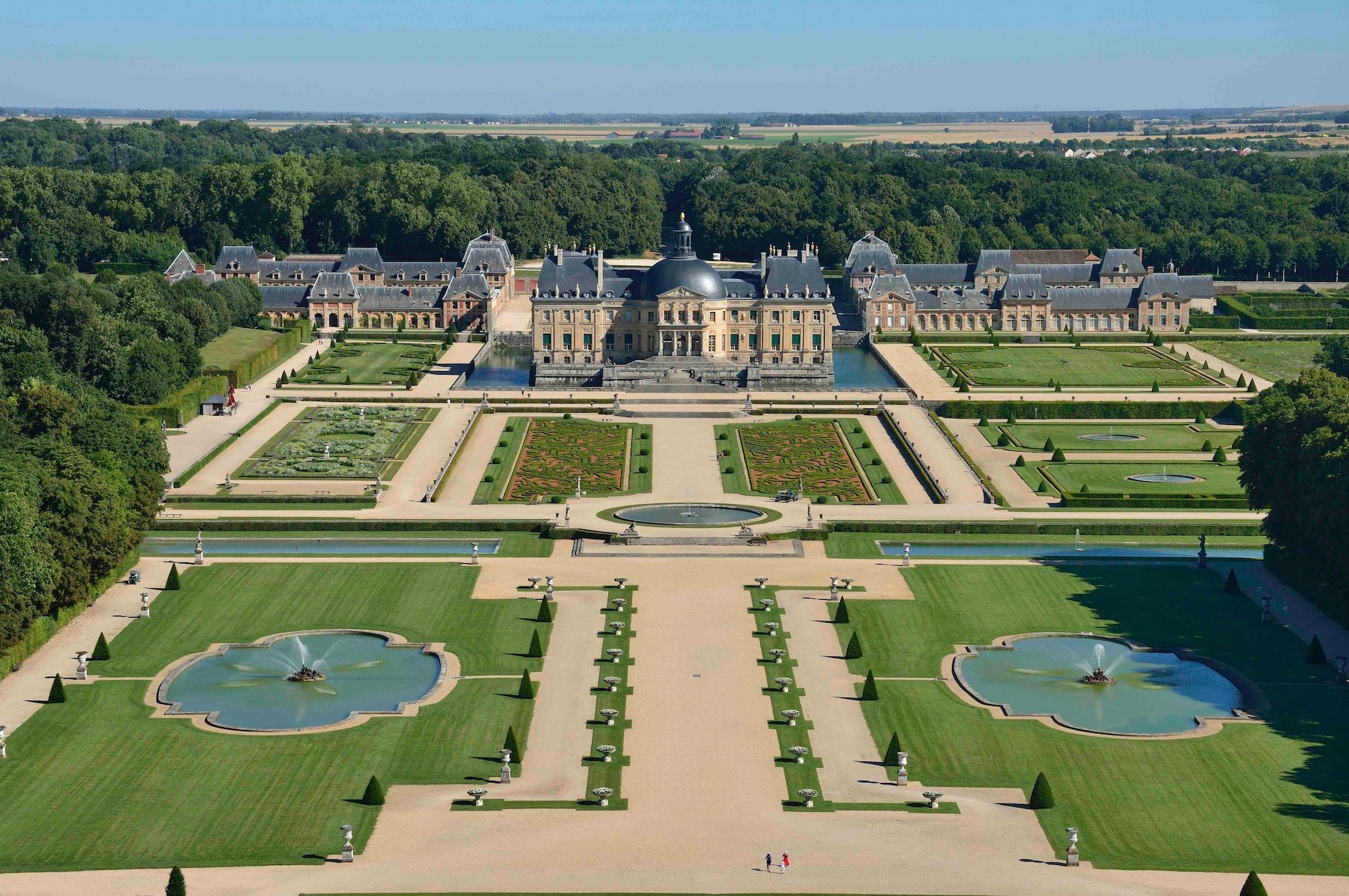
Château de Veux-le-Vicomte no doubt gave Louis XIV the idea of what Versailles might become. It was built by his finance minister Nicolas Fouquet who in August 1661 invited six thousand guests to his housewarming to meet the King who, with a mixture of admiration and fury, ordered Fouquet’s arrest deeming such ostentation unsuitable for a subject and intolerable for a minister of finance.
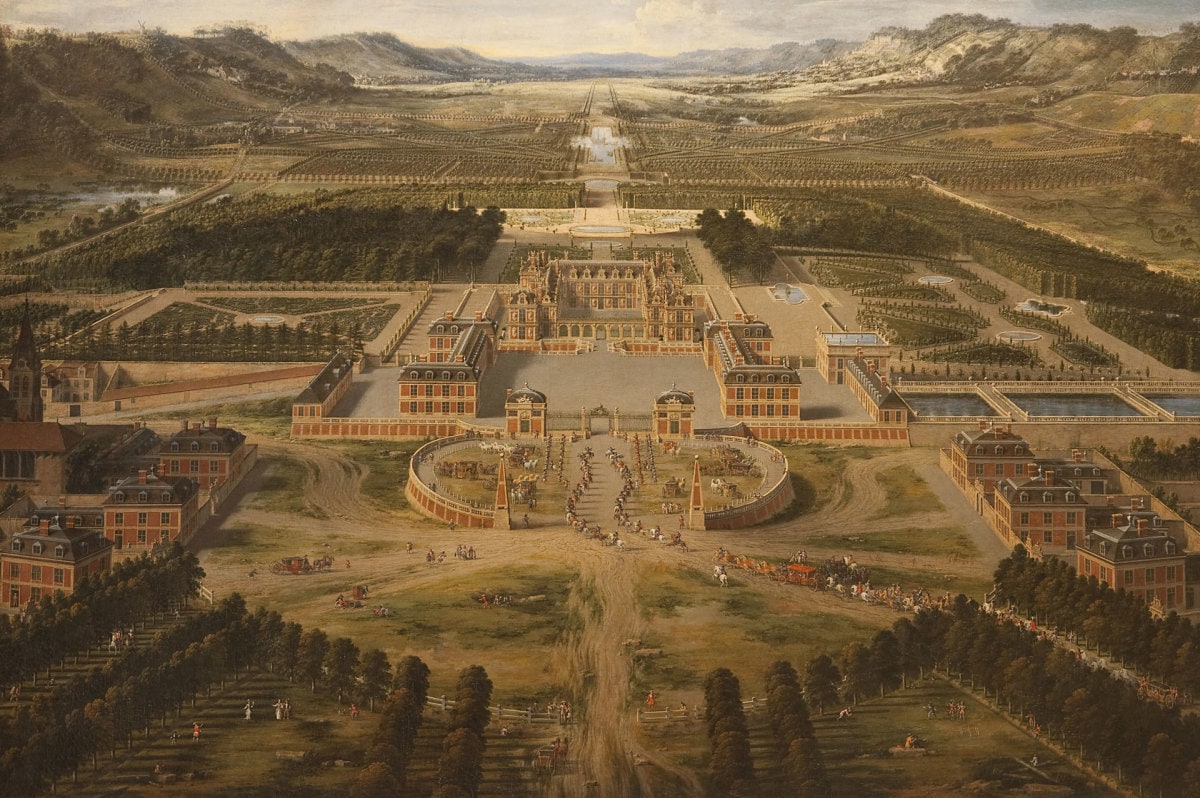
Modest by comparison to what replaced it, the final form of Louis XIII’s hunting lodge at Versailles was brick and stone with a slate roof and composed of three sections arranged around a U-shape with corner pavilions. It was designed by the architect Philibert Le Roy and built between 1631 and 1633.
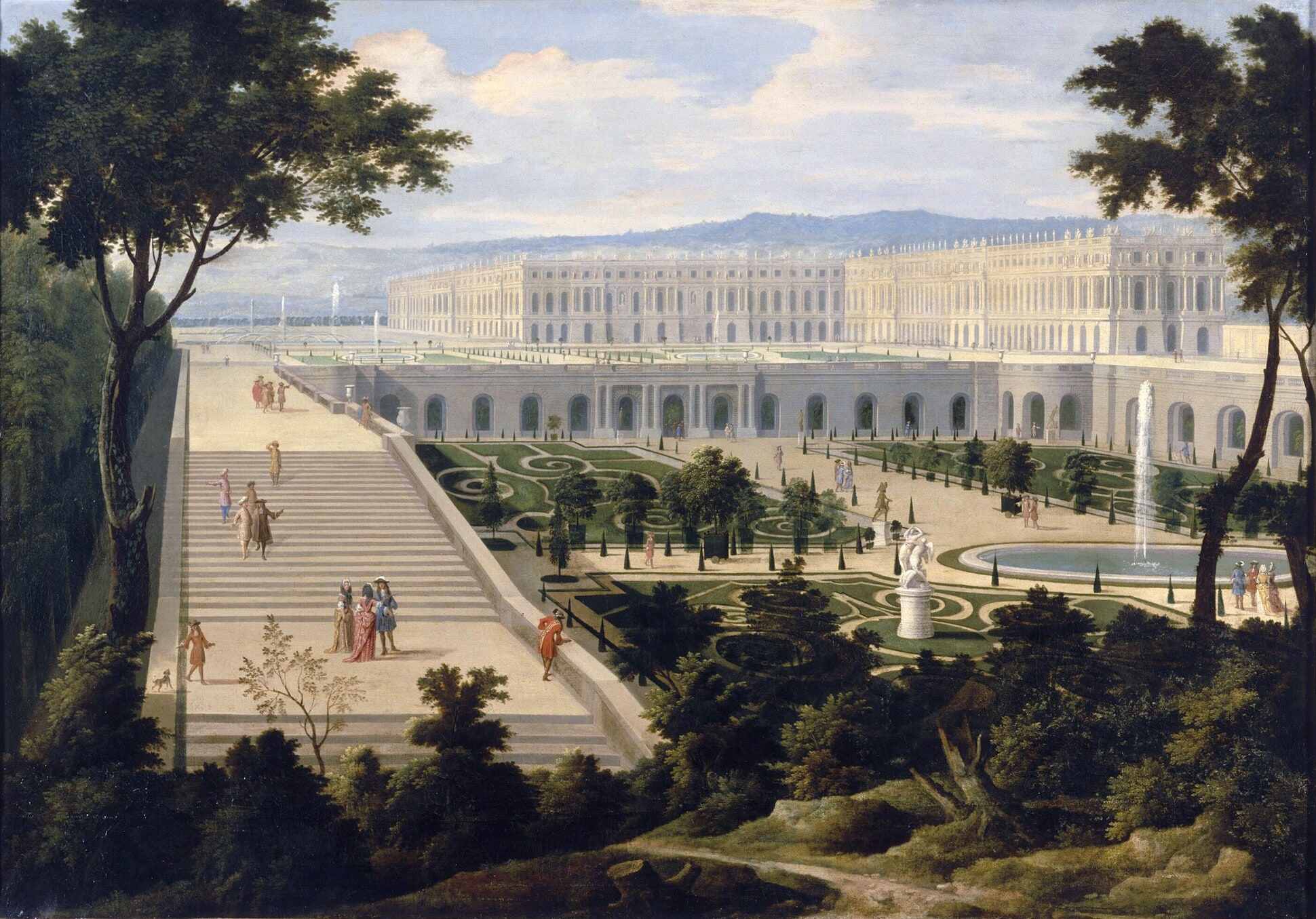
By the end of seventeenth century Louis’ transformation of Versailles was complete, as evidenced by the view of the orangery with palace beyond in 1695, painted by Étienne Allegrain and Jean-Baptiste Martin.
Mazarin had surrounded Louis since childhood with beautiful objects and on his death bequeathed the young monarch his houses, their art collections and eighteen enormous diamonds known as les Mazarins. The most precious legacy however was the services of Mazarin’s minister of finance, Jean-Baptiste Colbert who had taught the king as a boy how to keep accounts, and now devoted himself to finding the huge sums of money needed to transform Versailles from gentleman’s hunting lodge to the Sun King’s palace.
In an effort for Versailles to pay for itself it became a showcase to foreign dignitaries of the supremacy of French arts. To ensure French superiority, Colbert erected a rigid customs barrier which enforced domestic production of tapestry, carpets, glass, ceramics and furniture which would previously have been imported, usually from Italy.
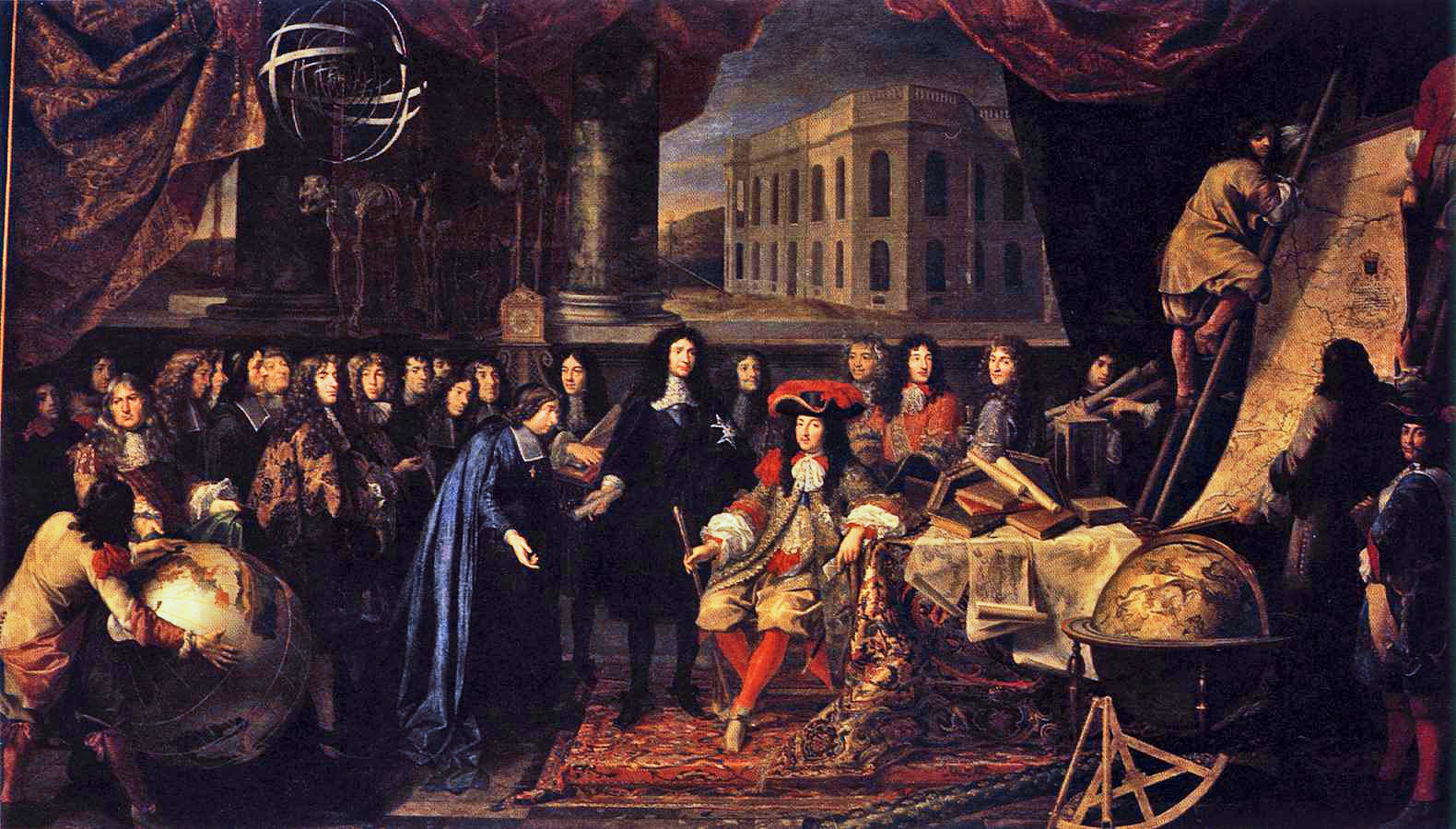
Colbert Presenting the Members of the Royal Academy of Sciences to Louis XIV in 1667
No mere statistician, Colbert was a scholar with a profound knowledge of literature, science and the arts. He was a member of the Academie Français, created the French school of painting and sculpture in Rome, the Observatory in Paris and founded the Académie des Sciences. Colbert as Surintendant des Bâtiments directed the works at Versailles, engaging Louis Le Vau as architect, Charles Le Brun as painter and designer and the landscape architect André Le Nôtre. Charles Le Brun was the decorator genius behind the magnificence of Versailles and the originator of the Louis XIV style. In 1660 at Gobelins he established a school of manufacture not just for tapestries but for every class of furniture required for the royal palaces. Having delighted Louis XIV with his triumphant paintings at the Château Vaux le Vicomte, the king made him Premier Peintre du Roi. Thereafter at Versailles, Le Brun’s murals, especially for the Escalier des Ambassadeurs and the ceiling of the Galerie des Glaces, became the definitive monuments to Louis’ reign. Le Brun amassed an army of painters, sculptors, gilders, ébénistes, tapestry-makers and silversmiths to make his designs for everything from chairs to carpets, panelling, and silver.
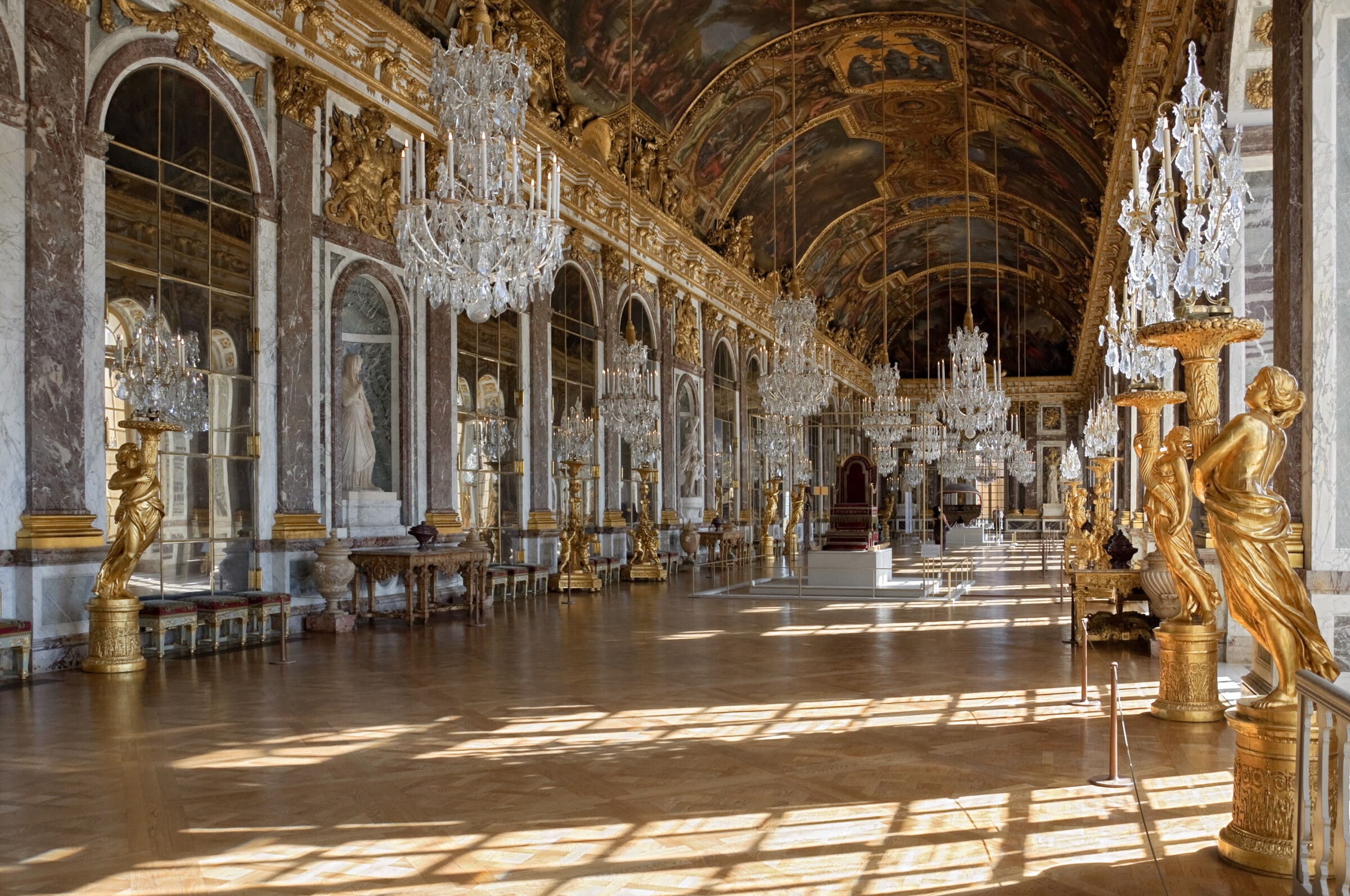
The Hall of Mirrors with ceiling painted by Charles Le Brun illustrates the absolutist power of Louis XIV at Versailles.
The Louis XIV style is inseparable from Versailles as it evolved wholly from the commissioning of that palace. Prior to Versailles, Marie de’ Medici and Louis XIII, has found inspiration in late mannerist and early Baroque Italianate art and architecture. The building of Versailles and Colberts protectionist customs policy created a flourishing of French art. Just as Louis XIV had rejected Bernini’s proposal for redesigning the Louvre, the ambition and magnificence of Versailles proclaimed French superiority, informed etiquette and was copied by other European Courts. Versailles triumph as the defining symbol of power and influence in Europe was achieved in 1682 when Louis XIV moved the royal Court to the Palace of Versailles.
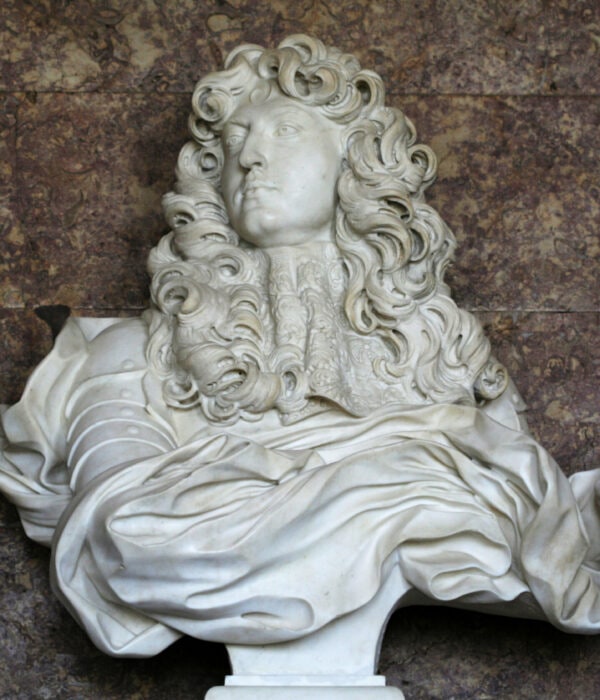
Bernini was invited to France in 1665 to advise on the architecture of the Louvre. His plans weren’t liked, but he found the King’s favour and rendered this dashing portrait bust.
The chambre de Louis XIV at Versailles
(photo courtesy Robert Polidori)
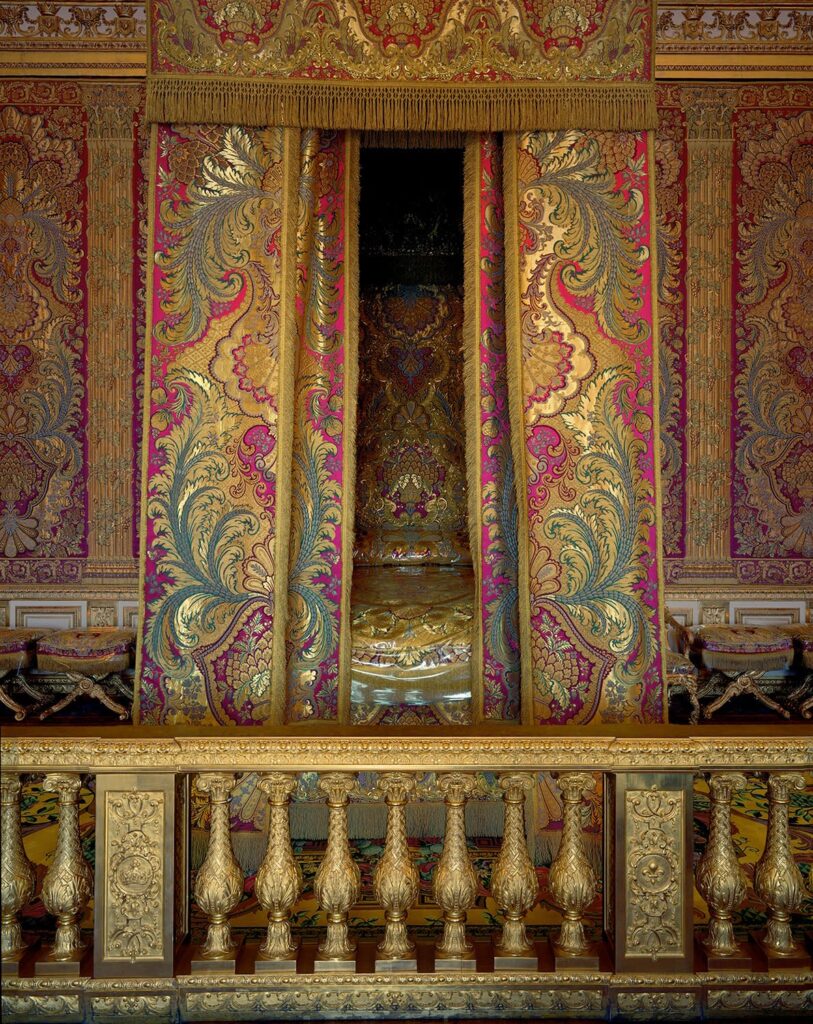
Architecture informed furniture design, for example sculptural elements such as caryatid terms feature both to the upper story of the grand salon at Vaux-le-Vicomte, as designed by Charles Le Brun, and as cabinet supports for furniture by André-Charles Boulle.
André-Charles Boulle (d. 1732), was appointed Ebéniste, Ciseleur, Doreur et Sculpteur du Roi to King Louis XIV in 1672. Boulle is the greatest furniture maker of all time. He excelled as a ‘painter in wood’ creating pictorial marquetry panels, and specifically, the inlaying of cut-brass and pewter into tortoiseshell veneers, a technique and type of furniture with which his name is synonymous.
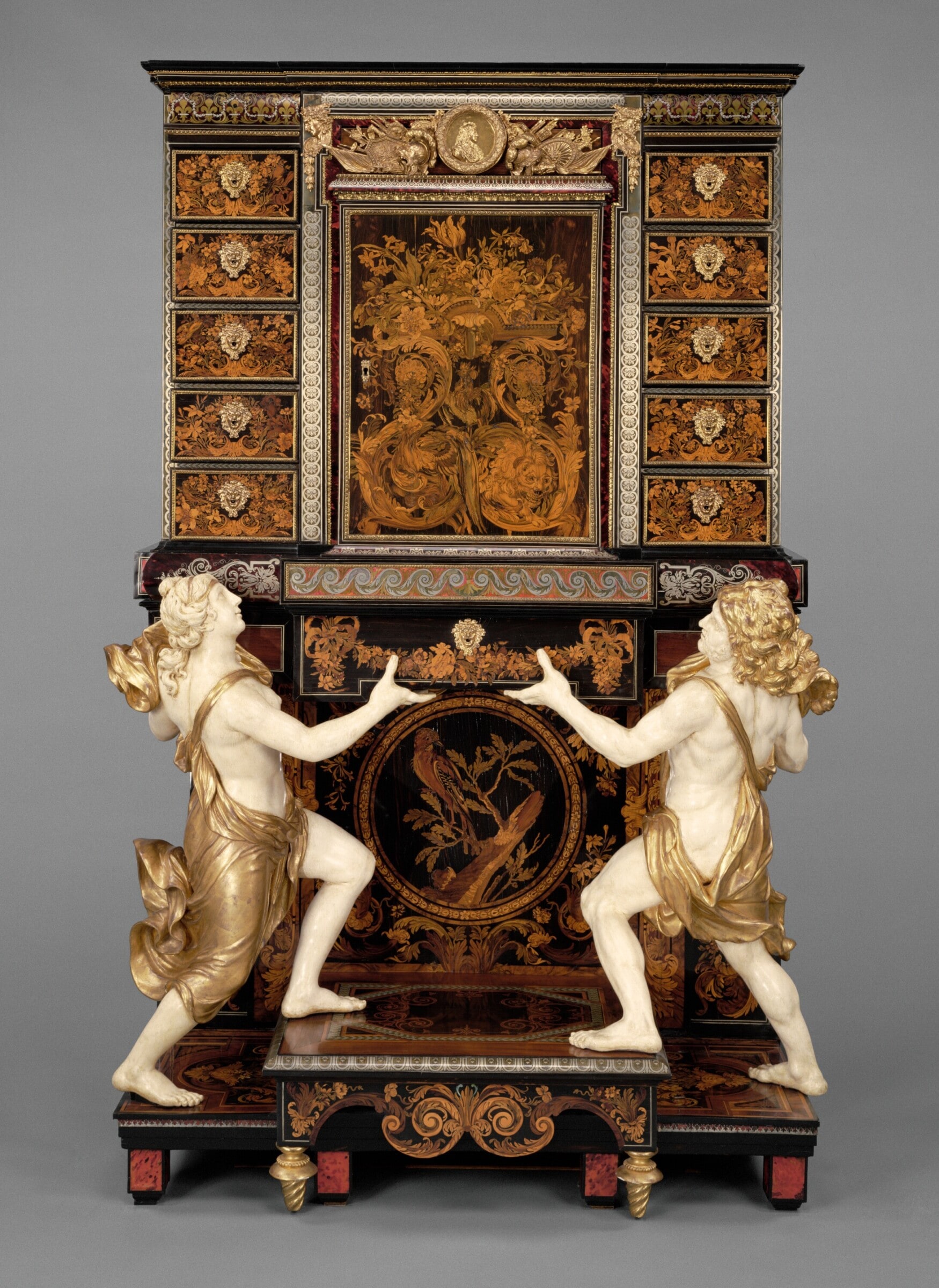
Replete with royal iconography, this monumental Cabinet on Stand was designed to celebrate Louis XIV’s military victories. It is attributed to André-Charles Boulle and made for Louis XIV, possibly as a gift to Charles II of England. It is in the Getty Museum and its pair is at Drumlanrig Castle, Scotland. The panel of marquetry to the central door shows the cockerel of France standing triumphant over both the eagle of the Holy Roman Empire and the lion of Spain and the Spanish Netherlands.
Read more at https://www.getty.edu/art/collection/object/103QSK
The promotion of French art and design invigorated by Versailles led to considerable innovation in furniture making. The old coffre, or chest, evolved into the commode, a chest with two or four drawers. The canapé, or sofa, was created in the form of two or three armchairs and the console table was designed to be placed against a wall. Often remembered is the bureau Mazarin, a type of early pedestal or kneehole desk. Among the foremost cabinetmakers of this period were Pierre Gole, named cabinetmaker to Louis XIV in 1651, and before him Domenico Cucci who was employed at the Gobelins manufactory under the direction of Charles Le Brun.
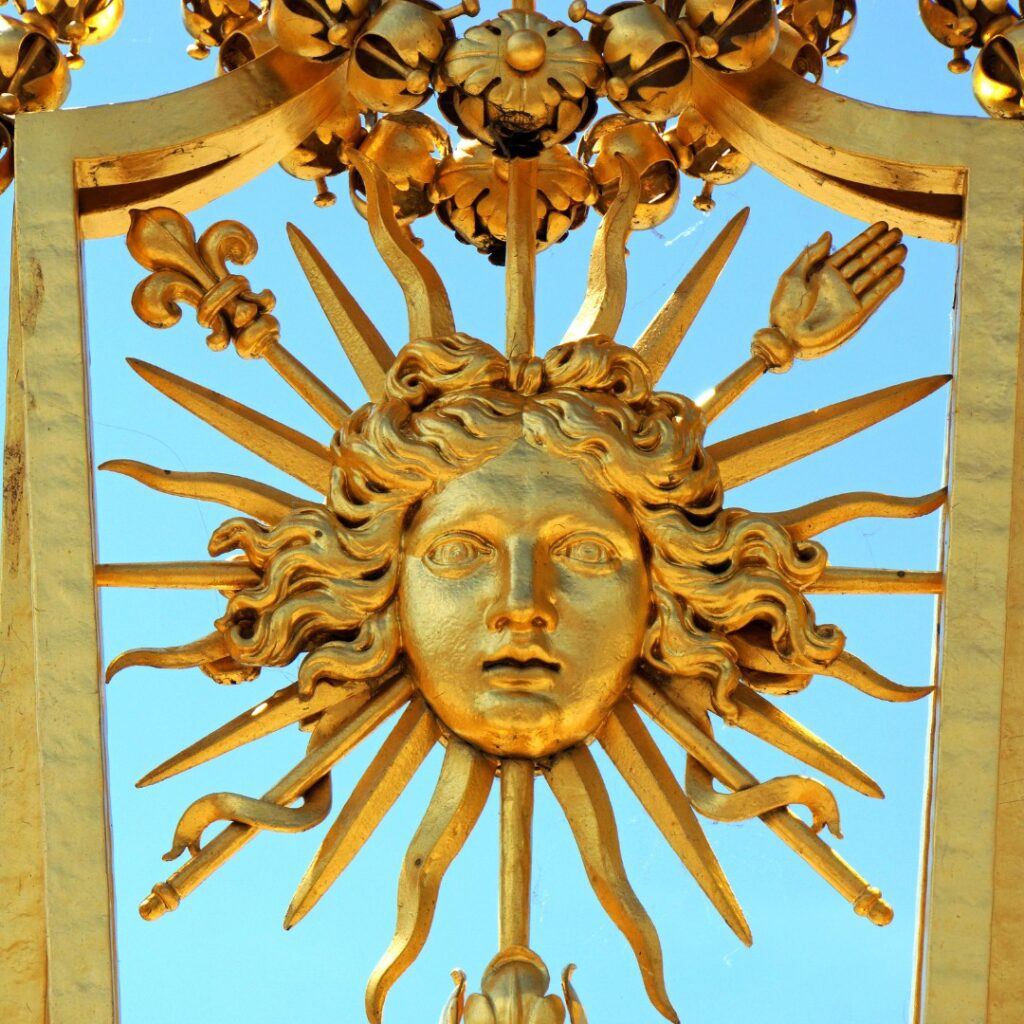
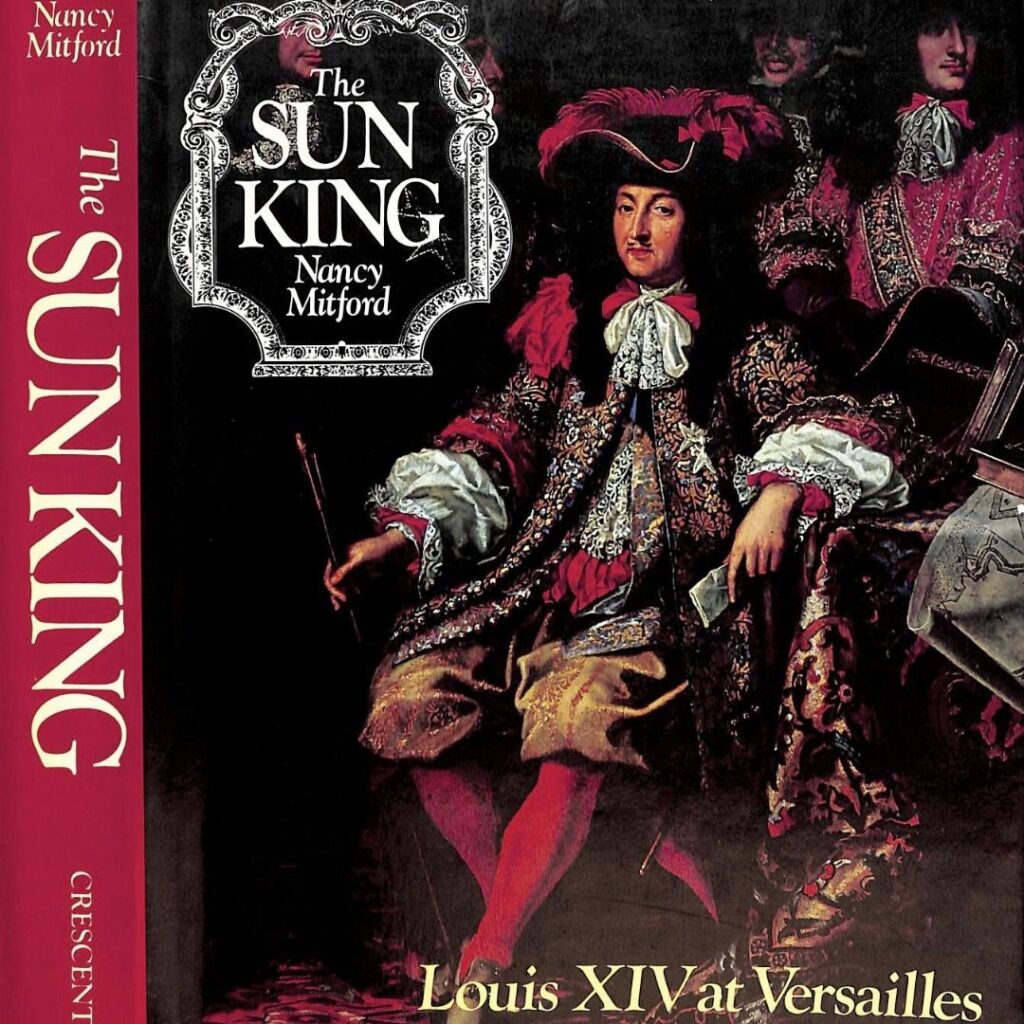
The golden mask of Apollo the Sun God, used by Louis XIV as his personal emblem.
A must read, ‘The Sun King’ by Nancy Mitford.
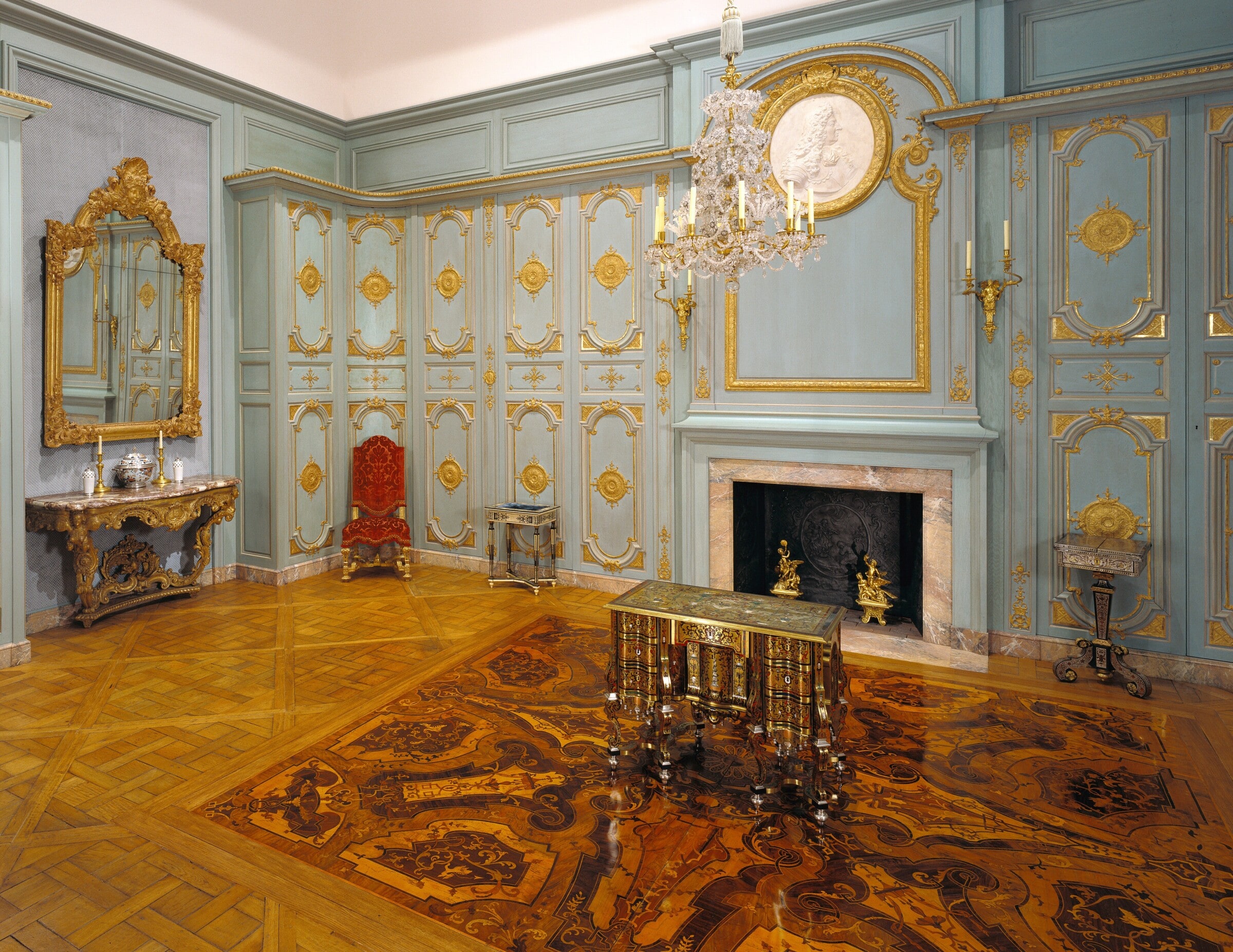
During the latter part of his reign from about 1690 more muted interiors with painting panelling became fashionable in place of the monumental marble clad rooms of Versailles. This sea green coloured panelled room was created around 1719 for a private Parisian hôtel particulier at 7 place Vendôme
Read more at https://www.getty.edu/art/collection/object/103SND
